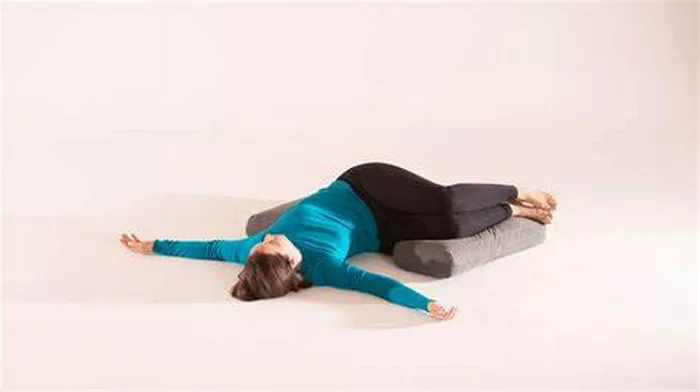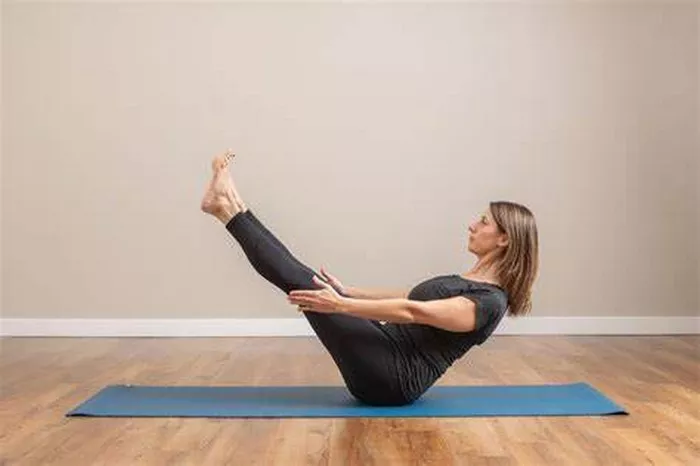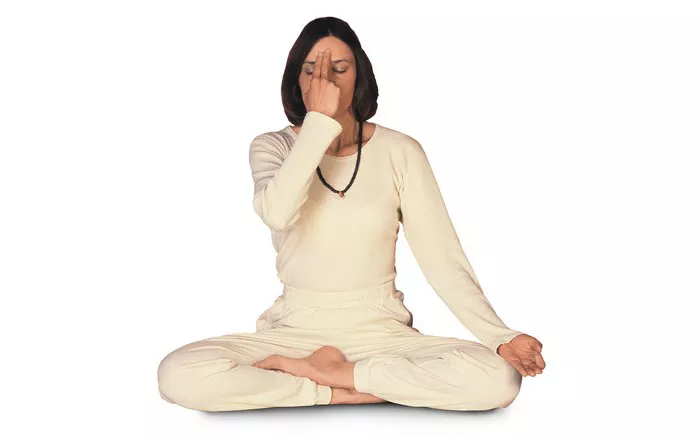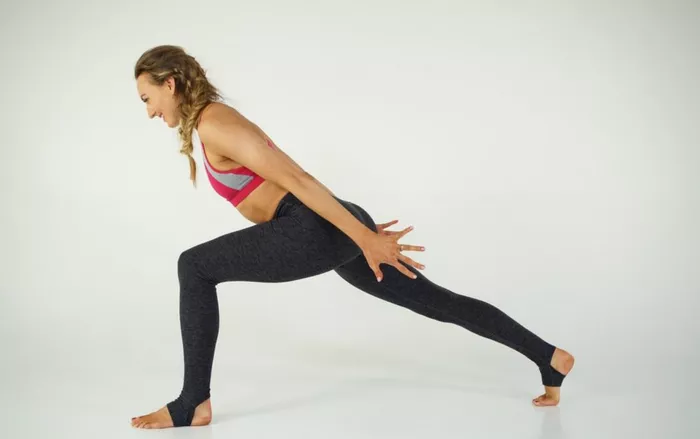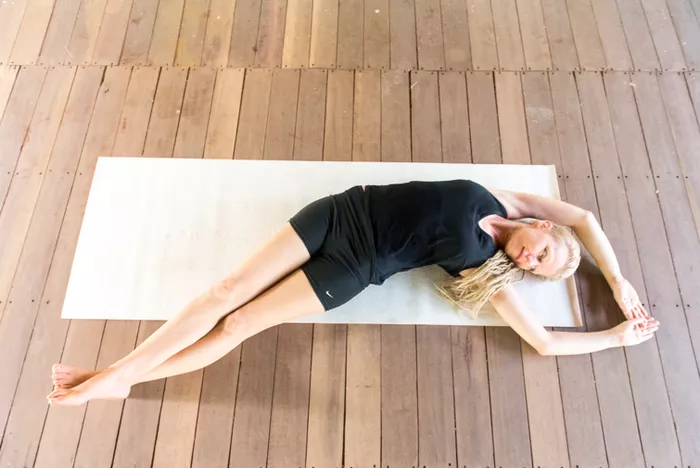Yoga has long been celebrated for its numerous physical, mental, and emotional benefits. From strength and flexibility to stress relief and mindfulness, yoga can offer profound improvements to one’s overall well-being. Among the many asanas (poses) practiced in yoga, some can challenge the body and mind in unique ways. One such pose is the “upside-down” yoga pose, also known as inversions. In this article, we will dive deep into what the upside-down yoga pose entails, how to practice it, and the multitude of benefits it can bring to your life.
What is the Upside-Down Yoga Pose?
In yoga, an upside-down pose refers to any asana where your head is lower than your heart, creating an inversion of the usual body alignment. Some of the most common inversions include poses like Headstand (Sirsasana), Shoulder Stand (Sarvangasana), and Handstand (Adho Mukha Vrksasana). These poses are typically practiced by experienced yogis because they require significant strength, balance, and control. However, with the right technique and proper guidance, anyone can learn how to safely practice inversions.
Inversions work by flipping the body upside down, which may sound intimidating at first, but it has many positive effects on the body. These poses challenge the body’s core and upper body strength while encouraging flexibility. Beyond the physical aspect, inversions also have mental and emotional benefits. For example, they can help you break through mental barriers, improve focus, and provide a new perspective on life. As your body turns upside down, it can feel like a refreshing reset, offering both physical rejuvenation and a shift in mental clarity. Understanding the mechanics and benefits of these poses can enhance your yoga practice and overall health.
How to Safely Practice the Upside-Down Pose
While inversions are powerful and beneficial, they can also be challenging, especially for beginners. To practice an upside-down pose safely, it’s important to build strength, flexibility, and awareness first. Before attempting more complex inversions like the headstand or handstand, you should ensure you have a solid foundation in basic yoga poses that promote stability and alignment. Poses like Downward-Facing Dog (Adho Mukha Svanasana), Plank Pose (Phalakasana), and Dolphin Pose can prepare your body for inversions by engaging your core, strengthening your arms, and improving balance.
Once you feel comfortable with basic poses, you can start exploring inversions. It’s essential to practice these poses with a strong focus on alignment, as improper technique can lead to strain or injury. For beginners, using props like a wall for support or practicing on a soft surface like a yoga mat can provide added security and confidence. Having a qualified yoga instructor guide you through the process can also make a significant difference. They can offer adjustments and ensure that you’re practicing inversions safely, which is crucial for long-term progress.
Benefits of the Upside-Down Yoga Pose
The benefits of the upside-down yoga pose are numerous, affecting both the body and mind. Below are some of the key advantages:
Physical Benefits
Improved Circulation
When you invert your body, gravity works in your favor to reverse the flow of blood. This promotes better circulation throughout the body, especially to the brain and heart. Increased blood flow to the head can enhance mental clarity, reduce fatigue, and even improve memory.
Strengthens Core and Upper Body
Inversions require significant core strength to maintain balance and control while upside down. This helps to tone and strengthen the abdominal muscles, obliques, and lower back. Additionally, inversions engage the shoulders, arms, and wrists, building upper body strength.
Boosts Flexibility
By practicing inversions regularly, you’ll likely notice an increase in flexibility, particularly in the spine and hamstrings. The act of turning your body upside down stretches and elongates the muscles in the back, helping to release tension and improve flexibility over time.
Stimulates the Endocrine System
Inversions can stimulate the thyroid and pituitary glands, which play important roles in hormone regulation. This stimulation can lead to better hormonal balance, which is essential for overall health, mood regulation, and energy levels.
Mental and Emotional Benefits
Increases Focus and Clarity
Being upside down requires concentration and mindfulness. It helps clear the mind of distractions and encourages you to stay present in the moment. This focus not only improves your yoga practice but can also carry over to daily life.
Boosts Mood and Reduces Stress
The gentle inversion of the body can stimulate the parasympathetic nervous system, which is responsible for the body’s relaxation response. This can lead to reduced levels of cortisol (the stress hormone) and increased serotonin (the “feel-good” hormone), helping to alleviate anxiety and improve mood.
Promotes a New Perspective
Inversions can offer a literal and metaphorical shift in perspective. Turning your body upside down challenges your usual way of thinking and experiencing the world. This can create mental space for creativity, self-reflection, and a fresh outlook on life.
Improves Self-Confidence
Mastering an inversion, even with its challenges, can boost your self-esteem. As you gain the strength and skill to hold these poses, you begin to build greater trust in yourself and your abilities. This confidence extends beyond the yoga mat and can positively affect your personal and professional life.
How to Incorporate Upside-Down Poses into Your Yoga Practice
If you’re ready to begin incorporating upside-down poses into your yoga practice, it’s important to do so gradually and with mindfulness. Start by integrating preparatory poses that build strength and stability in your core, arms, and shoulders. These include poses like Plank, Dolphin, and Forearm Plank. Once you feel ready, you can start exploring inversions, beginning with easier poses such as Downward Dog or Legs Up the Wall (Viparita Karani).
For more advanced practitioners, you might consider moving on to headstands, shoulder stands, or handstands. It’s vital to listen to your body and practice these poses in a controlled manner. Always warm up before attempting inversions, and never rush through the process. Allow yourself time to progress and gain the strength and confidence needed for more advanced inversions.
See Also: What Are Some Fun Two-Person Yoga Poses to Try Together?
Common Mistakes and How to Avoid Them
Practicing inversions comes with its own set of challenges. One of the most common mistakes people make is rushing into poses without building the necessary strength and flexibility first. It’s essential to approach inversions with patience and to gradually build up to them through consistent practice. Another mistake is not maintaining proper alignment during the pose. This can lead to strain or injury, especially in the neck and spine. Always engage your core, keep your shoulders active, and ensure your body is aligned properly to avoid unnecessary pressure on vulnerable areas.
Another common issue is trying to invert too soon or without adequate support. It’s important to practice inversions with the help of a wall or a yoga block for additional stability, especially if you’re new to the pose. Make sure your space is free from obstacles and that you’re practicing on a soft surface. If you’re practicing headstands or shoulder stands, consider using a cushion or mat for extra protection.
Conclusion
The upside-down yoga pose, or inversion, offers an abundance of benefits for the body, mind, and spirit. While these poses can seem intimidating, with the right guidance and approach, they can be a transformative addition to your yoga practice. By increasing circulation, building strength, improving flexibility, and reducing stress, inversions can help you unlock new levels of well-being. However, like any yoga pose, inversions require patience, mindfulness, and consistency. So, if you’re looking to deepen your practice and experience the full range of yoga’s benefits, give the upside-down pose a try—you might just find that seeing the world from a new angle is more refreshing than you imagined.
You Might Be Interested In:

